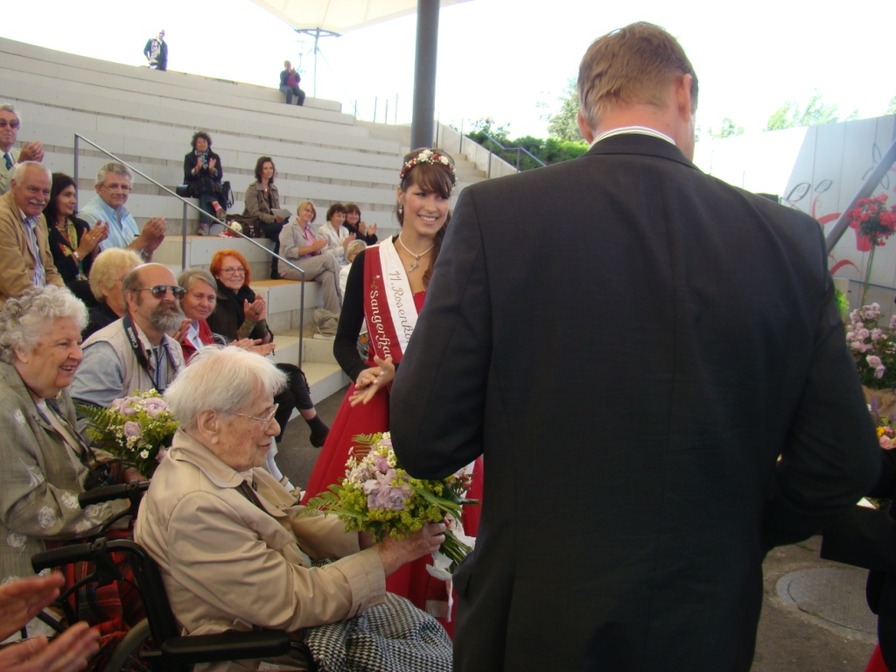|
|

Photo courtesy of Margit Schowalter
Rose Breeder, Author and Discoverer
Listing last updated on Sat Apr 2025
Dr. Felicitas Svejda (November 8, 1920 Vienna, Austria - January 18, 2016), emigrated 1953 to Canada. She worked at the Ottawa Experimental Farm until her retirement in 1987.
[From Peter Schneider on Roses, by Peter Schneider, p. 149:] Working for Agriculture Canada's research department, Dr. Felicitas Svejda used rugosas extensively in the breeding of her series of super-hardy roses named after Canadian explorers...
[From By Any Other Name, July 2016, pp. 7-11:] Felicitas Svejda was born in Vienna on November 8, 1920. She studied at the Hochschule für Bodenkultur in her native city where she qualified as an Agricultural Sciences Engineer (PhD) in 1948. Her thesis was an investigation of the decline of the culture of wine grapes in Vienna and Lower-Austria since 1900. She continued working at the Hochschule as a research assistant until 1951. In 1952, she moved to Sweden where she worked at the Svalöf Research Station for the Sveriges utsädesförening (Swedish Seed Association). The following year she left Europe for good and emigrated to Canada. She found work as a statistician at the Department of Agriculture (Ag-Can) at the Central Experimental Farm in Ottawa. She continued in this position until 1961 when she was transferred to the Ornamental Plants Division of the Institute for Genetics and Plant Improvement at the same location where she worked until her retirement in 1986
An archive of information about Dr. Svejda and her plant breeding work (which included many kinds of plants in addition to roses) is on the web site of the Montreal Botanic Garden:
http://www2.ville.montreal.qc.ca/jardin/archives/svejda/rosa_explorer_en.php
This archive includes lists of crosses she made, her evaluations of the resulting plants, and other information that a plant breeder will find interesting.
Margrit Schowalter explains Dr. Svejda's coding system as follows:
E12 seedling code = 78L15U04009
E10 seedling code = 78L15U04002
78 = year of cross
L15 = pistillate parent (mother)
U04 = pollen parent
009 = 9th seedling
002 = 2nd seedling
E12 and E10 are siblings from the same cross.
E12 used as a parent is shown as (L15 x Champlain) or (L15 x U04)
E10 used as a parent is shown as (L15 x Champlain) or (L15 x U04)
|